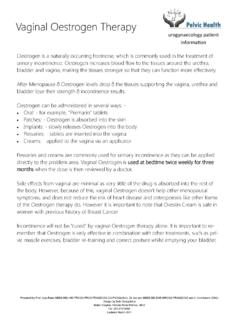Transcription of Incontinence Management for Nursing Homes
1 A t rA i n i n g A n d r e s o u r c e g u i d e t o F 3 1 5 c o m p l iA n c eIncontinence Management for Nursing HomesIncontinence Management for Nursing Homes : A training and resource guide to F-315 compliance1 (d) urinary Incontinence ( , Issued: 06-28-05, Effective: 06-28-05, Implementation: 06-28-05) Based on the resident s comprehensive assessment, the facility must ensure that Interpretive Guidance (d) Are universal precautions used during all wound care? (See , InfectionControl. Have the care plan objectives been evaluated? If the pressure sore is not healing, get-ting larger, or signs of additional skin breakdown are evident, have alternative inter-ventions been considered or attempted?)
2 Has improvement been noted? F315 (d) (1) A resident who enters the facility without an indwelling catheter is notcatheterized unless the resident s clinical condition demonstrates that catheterizationwas necessary; and (d) (2) A resident who is incontinent of bladder receives appropriate treatmentand services to prevent urinary tract infections and to restore as much normal bladderfunction as possible. INTENT: (F315) 42 CFR (d) (1) and (2) urinary Incontinence and Catheters The intent of this requirement is to ensure that: F315: urinary Incontinence (from the Centers for Medicare & Medicaid Services)Section 12 Incontinence Management for Nursing Homes : A training and resource guide to F-315 complianceSection 1 Each resident who is incontinent of urine is identified, assessed and provided appro-priate treatment and services to achieve or maintain as much normal urinary functionas possible; An indwelling catheter is not used unless there is valid medical justification.
3 An indwelling catheter for which continuing use is not medically justified is discon-tinued as soon as clinically warranted; Services are provided to restore or improve normal bladder function to the extentpossible, after the removal of the catheter; and A resident, with or without a catheter, receives the appropriate care and services toprevent infections to the extent possible. DEFINITIONS Definitions are provided to clarify clinical terms related to evaluation and treatment of uri-nary Incontinence and catheter use. Bacteremia is the presence of bacteria in the bloodstream. Bacteriuria is defined as the presence of bacteria in the urine.
4 urinary Incontinence is the involuntary loss or leakage of urine. There are severaltypes of urinary Incontinence , and the individual resident may experience more thanone type at a time. Some of the more common types include: Functional Incontinence refers to loss of urine that occurs in residents whose uri-nary tract function is sufficiently intact that they should be able to maintain conti-nence, but who cannot remain continent because of external factors ( , inabilityto utilize the toilet facilities in time); Mixed Incontinence is the combination of stress Incontinence and urge inconti-nence; Overflow Incontinence is associated with leakage of small amounts of urinewhen the bladder has reached its maximum capacity and has become distended.
5 Stress Incontinence (outlet incompetence) is associated with impaired urethralclosure (malfunction of the urethral sphincter) which allows small amounts ofurine leakage when intra-abdominal pressure on the bladder is increased by sneez-ing, coughing, laughing, lifting, standing from a sitting position, climbing stairs, etc.; Incontinence Management for Nursing Homes : A training and resource guide to F-315 compliance3F315: urinary Incontinence Transient Incontinence refers to temporary episodes of urinary incontinencethat are reversible once the cause(s) of the episode(s) is (are) identified and treated;and Urge Incontinence (overactive bladder) is associated with detrusor muscle overac-tivity (excessive contraction of the smooth muscle in the wall of the urinary blad-der resulting in a sudden, strong urge (also known as urgency) to expel moderateto large amounts of urine before the bladder is full).
6 urinary Retention is the inability to completely empty the urinary bladder by mic-turition. urinary Tract Infection (UTI) is a clinically detectable condition associated withinvasion by disease causing microorganisms of some part of the urinary tract, includ-ing the urethra (urethritis), bladder (cystitis), ureters (ureteritis), and/or kidney(pyelonephritis). An infection of the urethra or bladder is classified as a lower tractUTI and infection involving the ureter or kidney is classified as an upper tract UTI. Urosepsis refers to the systemic inflammatory response to infection (sepsis) thatappears to originate from a urinary tract source.
7 It may present with symptoms suchas fever, hypotension, reduced urine output, or acute change in mental status. OVERVIEW urinary Incontinence is not normal. Although aging affects the urinary tract and increasesthe potential for urinary Incontinence , urinary Incontinence is not a normal part of the younger person, urinary Incontinence may result from a single cause. In the olderindividual, urinary Incontinence generally involves psychological, physiological, pharma-cological and/or pathological factors or co-morbid conditions ( , later stages of demen-tia, diabetes, prostatectomy, medical conditions involving dysfunction of the centralnervous system, urinary tract infections, etc.)
8 Because urinary Incontinence is a symptomof a condition and may be reversible, it is important to understand the causes and toaddress Incontinence to the extent possible. If the underlying condition is not reversible, itis important to treat or manage the Incontinence to try to reduce complications. 4 Incontinence Management for Nursing Homes : A training and resource guide to F-315 complianceSection 1 Many older adults are incontinent of urine prior to admission to a Nursing home . Urinaryincontinence and related loss of independence are prominent reasons for a Nursing homeadmission. Articles1and data currently available, including CMS data ( , MDS ActiveResident Information Report (Item H1b) at ), indicatethat more than 50% of the Nursing home population experience some degree of urinaryincontinence.
9 Whether the resident is incontinent of urine on admission or developsincontinence after admission, the steps of assessment, monitoring, reviewing, and revisingapproaches to care (as needed) are essential to managing urinary Incontinence and torestoring as much normal bladder function as possible. Various conditions or situations may aggravate the severity of urinary Incontinence innursing home residents. In addition, urinary Incontinence may be associated with changesin skin integrity, skin irritation or breakdown, urinary tract infections, falls and fractures,sleep disturbances, and psychosocial complications including social withdrawal, embarrass-ment, loss of dignity, feelings of isolation, and interference with participation in activities.
10 Various factors common to elderly individuals may increase the risk of infection including:underlying diseases ( , diabetes mellitus), medications that affect immune responses toinfection ( , steroids and chemotherapy, history of multiple antibiotic usage), conditionsthat cause Incontinence , and indwelling urinary catheters. The urinary tract is a common source of bacteremia in Nursing home residents. Urinarytract infection (UTI) is one of the most common infections occurring in Nursing homesand is often related to an indwelling urinary catheter. Without a valid clinical rationale foran indwelling catheter, its use is not an acceptable approach to manage urinary inconti-nence.
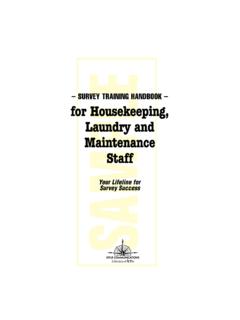
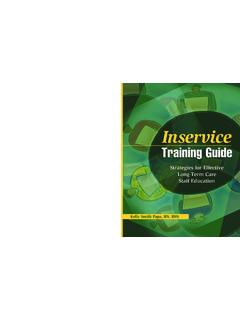
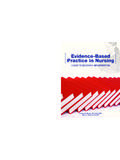
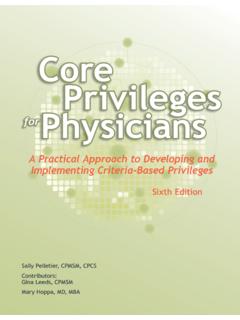
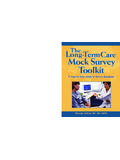
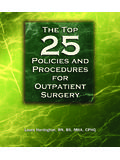

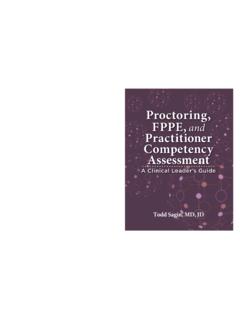
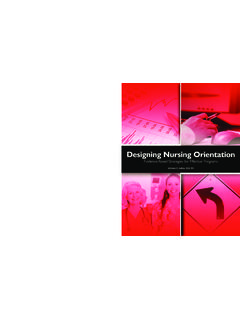
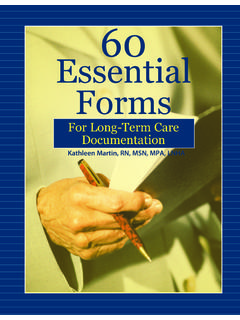

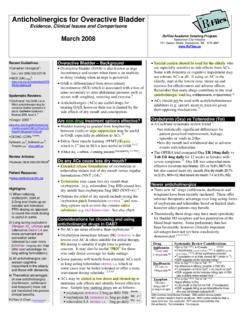

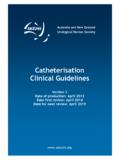
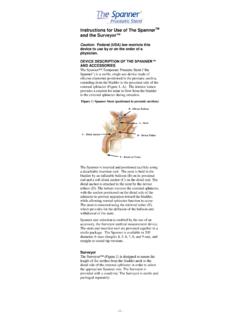

![Index [www.anzuns.org]](/cache/preview/e/5/e/3/7/9/a/a/thumb-e5e379aa8a69f70103ce934b4a1e24f2.jpg)
